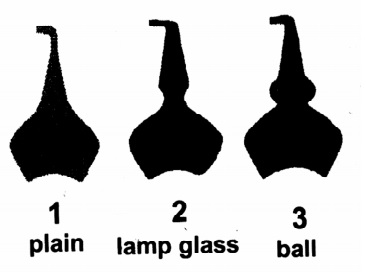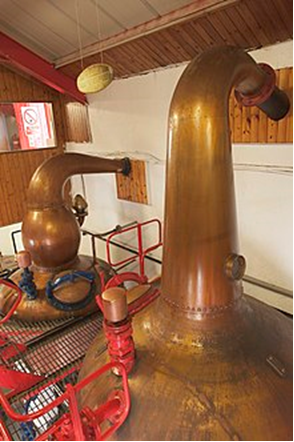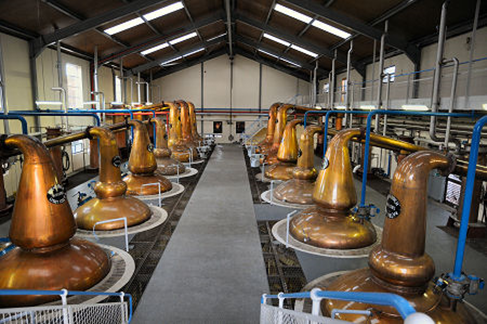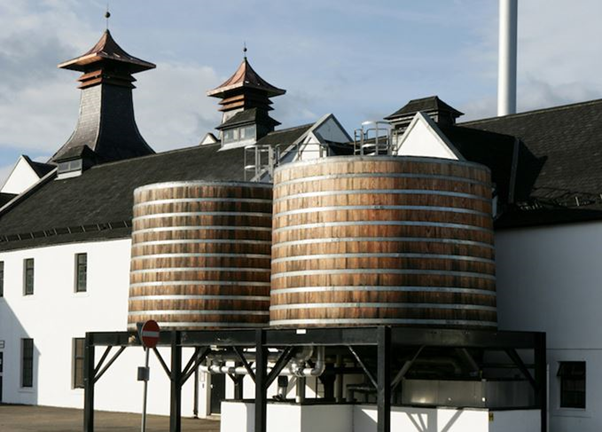Gregor’s Guide To Still Shape And Flavour
Visiting a distillery can be great fun and viewing the stills is always a highlight because in your mind, or at least in my mind, you recognize this is where that distillery’s unique spirit is created.
Regardless, if folk suggest that it takes place during fermentation or it’s more to do with barley strain or to do with the casks – a great deal of responsibility lies on those elegant copper pots.
So how do they do it and what influences the spirit character?
First and foremost, the still, pipes, condensers and connecting pipework are made of copper. Copper is an incredible reactive metal which removes undesirable flavours such as sulphur while enhancing desirable compounds from the original barley – the amount of time the spirit is in contact with copper enhances these virtuous qualities, so it makes sense to want to have as much copper contact as possible. The relative amount of copper contact used in the process will determine the end spirit
Stills come under three broad shapes – Ball, Lampglass and Plain

Depending on the height and shape of the still will determine the reflux. Reflux is the condensation of liquid into vapour and its return to the boiling liquid; the effect of reflux is to increase the alcohol strength in the distillate, creating a purer distillate with greater separation of volatile components and the richer the spirit will be.
Therefore, longer and narrow necks with upwardly directly lyn arms lead to greater reflux. However, a longer and narrower still does not provide adequate copper contact so a balance needs to be struck.
 Edradour still
Edradour still Glenfiddich’s stills
Glenfiddich’s stills
The size of the still is very important; distilleries in Scotland can have anything from a 2,200 spirit still at Edradour to Glendiffich which has 10 spirit stills each with a capacity of 4,500 litres. The larger a still the less copper to spirit contact and so the meatier and more sulphur the end distillate.

The type of condensers will influence the character of the spirit. The condenser takes the refluxed/vaporized spirit and feeds it into the Spirit safe or collection vessel where the distilled spirit is then split up depending on its ABV. It can be in two forms; traditionally a worm tub has been used which is located on the outside of the distillery and is made up of a spiralling copper coil which the vapour passes through and is cooled by outside water which surrounds the copper pipes cooling it – the worm tub is meant to produce a meaty flavour.
The shell and tube heat exchangers are another type of condenser which is located in the still house and which cools the cooper pipers by passing water through vertical tubes. The copper in the still slowly degrades over time and will need to be replaced every 15 or so years; the age of still will have an influence on the quality of spirit.